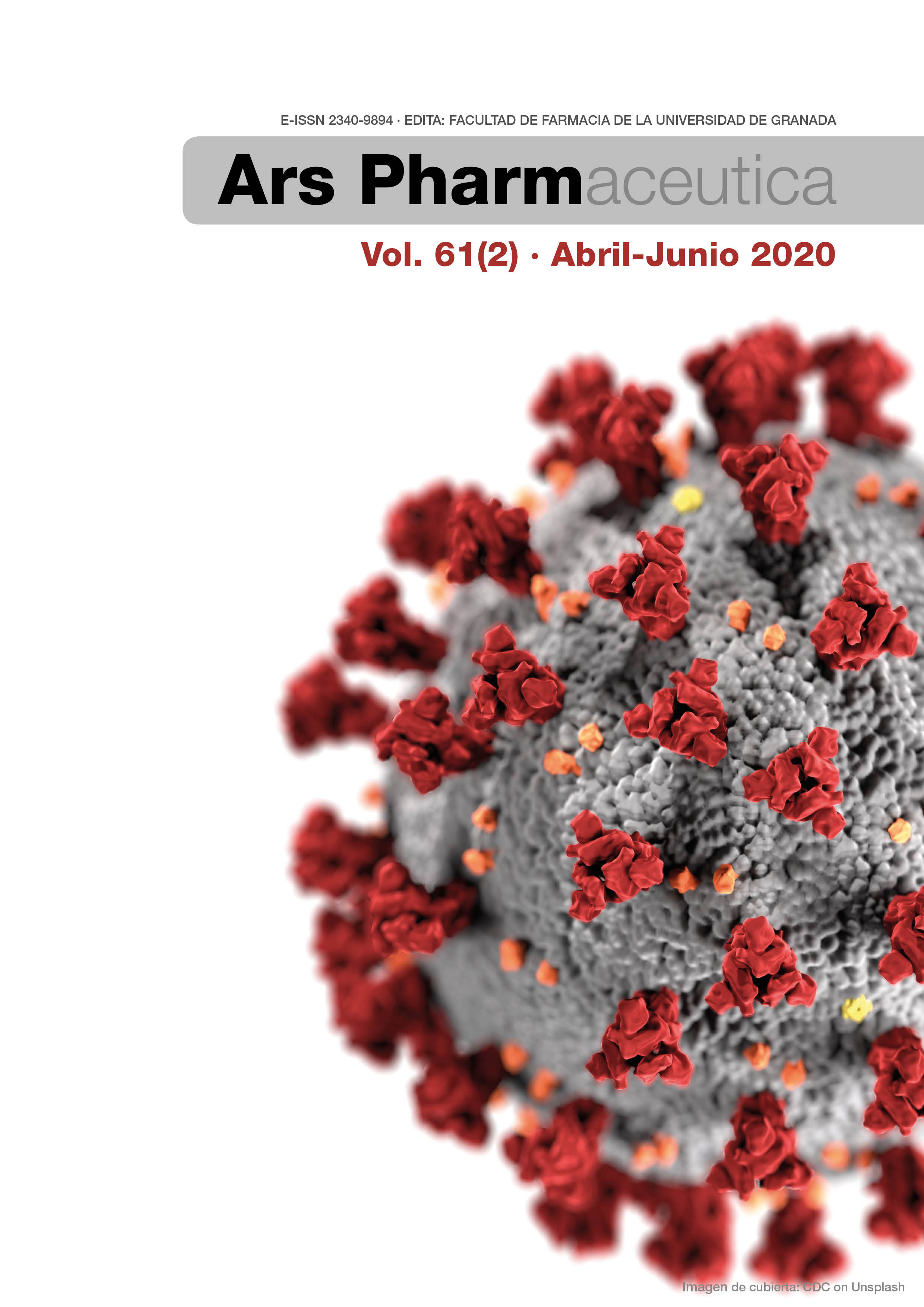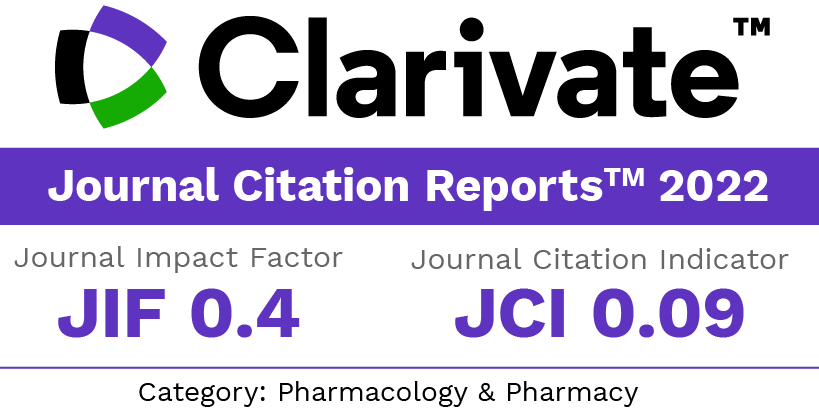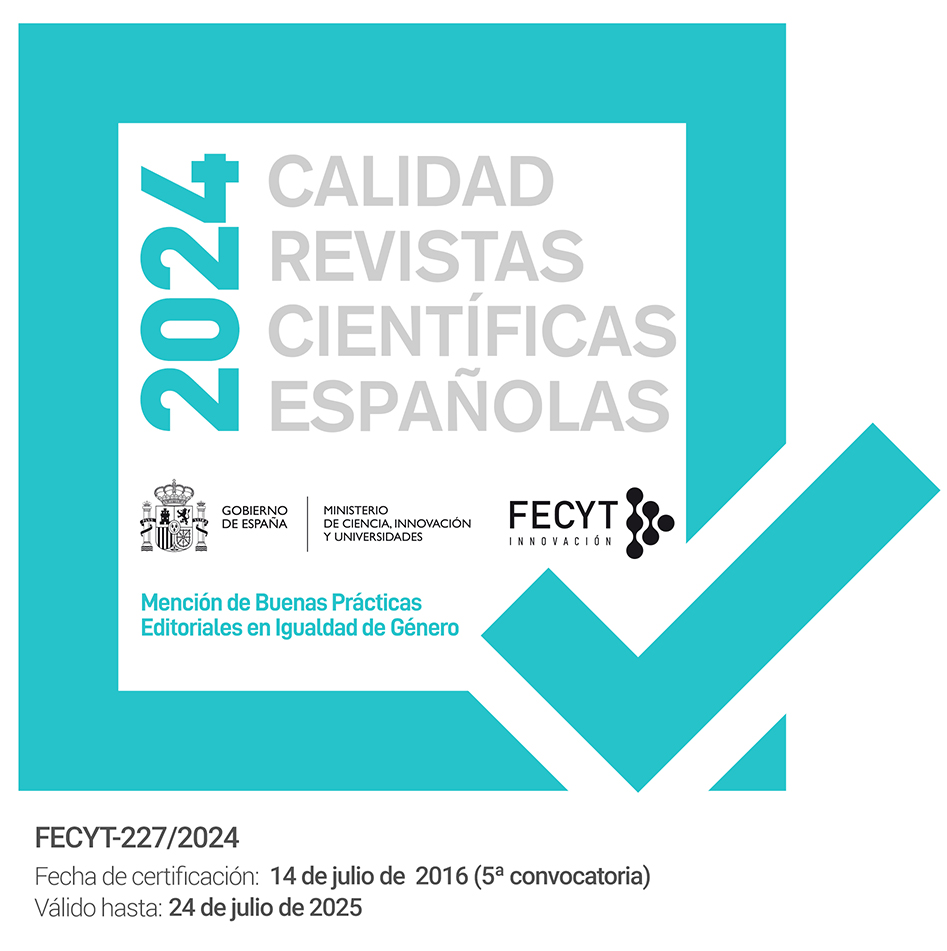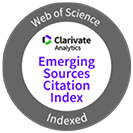The reduction in iodine absorption through rat skin by polymeric micelles in comparison with Povidone-Iodine: an ex- vivo study
Keywords:
, polymeric micelles, Povidone-Iodine, skin permeation, Iodine toxicityAbstract
Background: topical antiseptic agents have been used widely in normal skin and wound which is associatedwith side effects such as systemic toxicity.
Objective: Iodine is a non-metallic agent with an antimicrobial property that is used in the clinic as antiseptic.Iodophores such as Povidone-Iodine (PVP-I) introduced to improve the stability of the aqueoussolution of iodine. Time taking and expensive procedures for producing complex between iodine and polyvinyl pyrolidine and systemic iodine absorption after topical PVP-I application are limitations onthe application of this iodophore. The aim of this study was the design and evaluation of polymeric micelles for the overcoming of PVP-I limitations.
Methods: Eight polymeric micelle formulations prepared by the thin-layer method based on full-factorial design. In an ex-vivo study permeability of iodine- loaded in polymeric micelles through rat skin was evaluated in comparison with PVP-I.
Results: polymeric micelles demonstrated particle size between 14-153 nm that is affected by critical micelleconcentration (CMC) and molecular weight of the polymer. Maximum % of drug released after 24 hwas 62.3% that mainly controlled by the type of polymer. All polymeric micelles significantly decreasedthe percentage of drug permeated through rat skin and so decreased the risk of iodine toxicity. The minimum bactericidal concentration of polymeric micelles was comparable with PVP-I.
Conclusion: Polymeric micelle demonstrated a perfect topical carrier for iodine loading and deliverythrough the skin by Iodine entrapment into the skin and sufficiently antimicrobial effect.
Downloads
References
De la Cruz F, Brown DH, Leikin JB, Franklin C, and Hryhorczuk DO. Iodine absorption after topical administration. West J Med. 1987; Jan; 146: 43-45.
Johnson JN, Croton RS, McGlinchey JJ, and McLoughlin GA.”The effect of povidone-iodine irrigation on perineal wound healing following proctectomy for carcinoma.”J HospitInfect. 1985; 6: 81-86.
Cooper R A. “Iodine revisited. Int Wound J. 2007; 4( 2) :124-137. https://doi.org/10.1111/j.1742-481X.2007.00314.x
Nesvadbova M, Crosera M, Maina G, and Filon FL. Povidone Iodine skin absorption: An ex-vivo study. Toxicol Lett. 2015; vol 235 (3): 155-160. https://doi.org/10.1016/j.toxlet.2015.04.004
Fraser JF, Cuttle L, Kempf M, and Kimble RM. “Cytotoxicity of topical antimicrobial agents used in burn wounds in Australasia. ANZ J Sur. 2004; 74(3): 139-142. https://doi.org/10.1046/j.1445-2197.2004.02916.x
Glick PL, Guglielmo BJ, Winter ME, Finkbeineeer W, and Turley K. Iodine toxicity secondary to continuous Povidone-Iodine
mediastinal irrigation in dogs. J Sur Res. 1990; 49(5): 428-434. https://doi.org/10.1016/0022-4804(90)90191-4
Aliagaoglu C, Turan H, Uslu E, Albayrak H, Yazici S, and Kaya E. Iododerma following topical Povidone-iodine application. Cutan Ocul Toxicol 2013: 32 (4): 339-340. DOI: 10.3109/15569527.2013.780181
Razavi B, Zollinger R, Keramer A, Fricke C, Volzke H, Jager B., et al. systemic iodine absorption associated with the use of preoperative ophthalmic antiseptic containing iodine. Cutan Ocul Toxicol. 2013; 32 (4): 279-282.
Sweetman SC (ed) Martindale- the complete drug reference. 36th ed. London: the pharmaceutical press, 2009. p. 1659.
Balin AK, and Pratt L. Dilute Povidone-Iodine solutions inhibit human skin fibroblast growth. Dermatol Surg. 2002; 28 (3): 210-214.
Riess G. Micellization of block copolymers. Prog Poly Sci. 2003; 28 (7): 1107-70. https://doi.org/10.1016/S0079-6700(03)00015-7
Yokoyama M. “Clinical applications of polymeric micelle carrier systems in chemotherapy and image diagnosis of solid tumors. J Exp Clin Med. 2011; 3( 4 ): 151-158. https://doi.org/10.1016/j.jecm.2011.06.002
Nishiyama N, and Kazunori K. “Current state, achievements, and future prospects of polymeric micelles as nanocarriers for drug and gene delivery. Pharmacol Therapeut. 2006; 112(3): 630-648. https://doi.org/10.1016/j.pharmthera.2006.05.006
Sharif Makhmal Zadeh B, and Chavoshi F. Polymeric micelles as cutaneous drug delivery system in normal skin and dermatological disorder. J Adv Pharm Tech Res. 2018; 9 (1): 1-8. DOI: 10.4103/japtr.JAPTR_314_17
Liang HF, Chen CT, Chen SC, Kulkarni AR, Chiu YL, Cheeen MC, et al. Paclitaxel-loaded poly (gamma-glutamic acid)- poly (lactide) nanoparticles as a targeted delivery system for the treatment of liver cancer. Biomaterials. 2006; 27: 2051-2059. https://doi.org/10.1016/j.biomaterials.2005.10.027
Davies DJ, Ward RJ, and Heylings JR. Multi-species assessment of electrical resistance as a skin integrity marker for in vivo percutaneous absorption studies. Toxicol In Vitro. 2014; 18: 351-358. https://doi.org/10.1016/j.tiv.2003.10.004
Xu W, Ling P, Zhang T. “Polymeric micelles, a promising drug delivery system to enhance the bioavailability of poorly water-soluble drugs. J Drug Del. 2013, June: 315-340. doi: 10.1155/2013/340315
Adhikari U, Goliaei A, Leven T, and Berkowitz ML. Properties of poloxamer molecules and poloxamer micelles dissolved in water and next to lipid bilayers: results from computer simulations. J Phys Chem B 2016; 120 (26): 5823-5830. https://doi.org/10.1021/acs.jpcb.5b11448
Ornchuma N, Yang S, Nostrum C, Anuchapreeda S, Henninnnk WE, and Okonogi S. HPMC-based polymeric micelles for curcumin solubilizing and inhibition of cancer cell growth. Eur J Pharm Biopharm 2015; 94: 501-512. https://doi.org/10.1016/j.ejpb.2015.06.010
Perinelli DR, Cespi M, Pucciarelli S, Casettari L, Palmieri GF, and Bonacucina G.. Effects of phosphate buffer on micellization of poloxamer 407 solution in aqueous solution. Colloid and Surf A: physicochem Engin Aspect. 2013, Vol 43 (5): 123-129. https://doi.org/10.1016/j.colsurfa.2013.06.002
Houang ET, Gilmore OJA, Reid C, and Shaw EJ. Absence of bacterial resistance to Povidone-iodine. J Clin Path. 1976; 29: 752-755. doi: 10.1136/jcp.29.8.752
Zubko E, Zubko MK. Co-operative inhibitory effects of hydrogen peroxide and iodine against bacterial and yeast species. BMC Res Notes. 2013; 6: 272-279.
Vogt PM, Reimer K, Hauser J, Robbach O, Steinau HV, Bosse B, et al. PVP-Iodine in hydrosomes and hydrogel- A novel concept in wound therapy leads to enhanced epithelialization and reduced loss of skin grafts. Burns. 2006, 32: 698-705. https://doi.org/10.1016/j.burns.2006.01.007
Downloads
Published
How to Cite
Issue
Section
License
Copyright (c) 2020 Behzad sharif makhmal zadeh, Mehrnoosh Bahmanpur

This work is licensed under a Creative Commons Attribution-NonCommercial-ShareAlike 4.0 International License.
The articles, which are published in this journal, are subject to the following terms in relation to the rights of patrimonial or exploitation:
- The authors will keep their copyright and guarantee to the journal the right of first publication of their work, which will be distributed with a Creative Commons BY-NC-SA 4.0 license that allows third parties to reuse the work whenever its author, quote the original source and do not make commercial use of it.
b. The authors may adopt other non-exclusive licensing agreements for the distribution of the published version of the work (e.g., deposit it in an institutional telematic file or publish it in a monographic volume) provided that the original source of its publication is indicated.
c. Authors are allowed and advised to disseminate their work through the Internet (e.g. in institutional repositories or on their website) before and during the submission process, which can produce interesting exchanges and increase citations of the published work. (See The effect of open access).



















